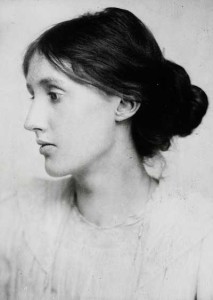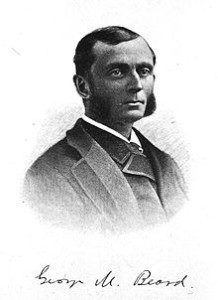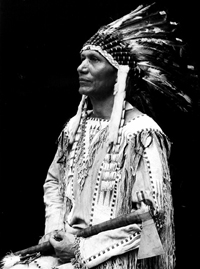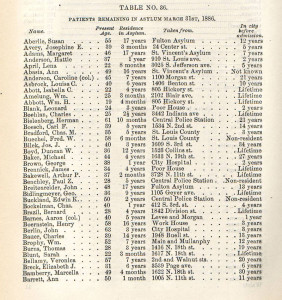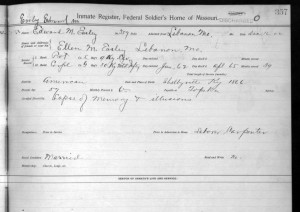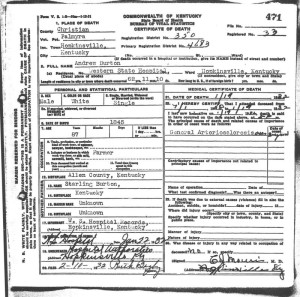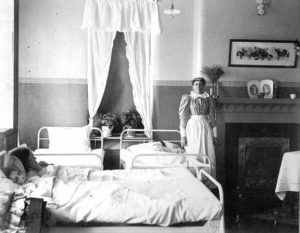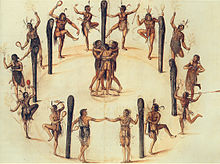Life on the edges of the Western frontier was difficult, and by necessity, attracted mostly rugged, committed people who believed they could carve a good life for themselves in these untested regions. Despite the [general] sense of hope and adventure they carried, pioneers could not escape from mental illness any more than their counterparts in the more settled East. A form of mental illness peculiar to the people settling the Great Plains was “prairie madness.”
It was an apt name, since the empty vastness of the prairie was an important contributor to the condition. Men and women who left an established home and social ties to face the isolation of the Great Plains could fall into depression that led to withdrawal and hopelessness. Some sufferers responded with anger and violence or with changes in behavior and character, and some went so far into despair that they committed suicide. Aside from returning East, there was little help for anyone who began to suffer from the condition, and it would have been difficult to differentiate normal feelings of homesickness and loneliness from the more extreme symptoms in the condition’s beginning stages.
Risk factors of the prairie environment included:
— Isolation
— Lack of transportation
— Harsh weather
— Unfamiliar hazards such as grasshopper plagues, prairie fires, and drought
— Lack of medical facilities and professionals, which made any sort of physical sickness more difficult to endure
— The unceasing wind and lack of familiar vegetation like trees
Prairie madness was not a defined, clinical condition with precise symptoms, but many people wrote about it. One memoir that includes an account of prairie madness is Adela Orpen’s Memories of the Old Emigrant Days in Kansas, 1862-1865.



